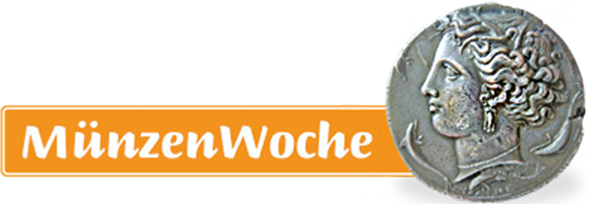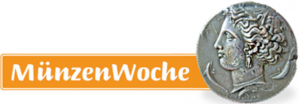The Royal Mint at the Tower of London
Wenn es kein Logo gibt, wird diese Spalte einfach leer gelassen. Das Bild oben bitte löschen.
(Dieser Text wird nicht dargestellt.)
Tower of London
EC3N 4AB
Tel: +44 0333 320 6000
The Tower of London, a UNESCO World Heritage Site, is one of the city’s most popular tourist venues, and was once the site of the Royal Mint on Mint Street as early as 1279 until about 1810, when operations were moved to East Smithfield. Even Sir Isaac Newton was once Warden of the Mint in 1696, and held the office of Master of the Royal Mint from 1699 until his death in 1727.
One of the 21 towers is the White Tower, completed by William the Conqueror in 1097. At the time it was the highest structure in London at 90 feet high. Although the Tower’s original function was that of the “keep”—a power base of the castle complex, it is today a Museum highlighting medieval weapons and armory.
Two-Part Exhibition on the Top Floor
Amid the implements of warfare, the British Royal Mint opened a new permanent exhibition in April 2011 on the top floor, or 3rd level. The Royal Mint’s numismatic exhibition is in two parts, due to the partial dividing wall of the Tower’s top floor. On one side is an exhibit showing a reproduction of a screw press used to strike coins in the Tower from the 1660s to 1810. Another display shows a nest of six troy weights, dating from 1588, arraigned in a large pile, or nest that were used to establish uniform standards throughout the kingdom. Also included is a selection of coins from the Tudor era: Henry VII sovereign, Henry VII testoon (shilling), Henry VII crown of the double rose, Henry VIII testoon, Edward VI crown, Edward VI sixpence, Philip and Mary shilling, Elizabeth I shilling, Elizabeth I angel, Elizabeth I pound, Elizabeth recoinage medal, two trial plates of 1560—one for 22 carat gold and the other for sterling silver.
On the other side of the wall the exhibition comprises 10 displays, some of which are the “hands on” type. The first gives a brief history of the Royal Mint, locating it between the Tower of London’s inner and outer walls on Mint Street, which contained the workshops for melting gold and silver, hammering metals into sheets, and striking coins. From these beginnings, the Royal Mint, now located in Llantrisant, Wales makes coins for over 50 countries each year.
240 Silver Pennies and a Gold Sovereign
A display explains that the sovereign was introduced in 1489 by Henry VII, being the first time a coin was issued with a value of a pound. It shows a gold sovereign and 12 rows of 20 silver pennies, equal to 240 in all.
The Charles I silver crown is shown in a display containing a hoard of silver shillings found in Dersingham, Norfolk. During the Civil War, Charles lost control of the Tower and with it, the mint, but he set up alternate mints around England as indicated by an accompanied map. One of these mints was at Oxford, where he struck the well-known
Oxford Crown. Other displays describe historical coins like the William I silver penny and the Edward III gold noble, the meaning of the term “sterling,” and the tools and process used to make a medieval coin.
In the Tower’s basement before the gift shop, visitors can make a Tower of London coin from one of four designs by pressing a supplied penny along with the payment of £1.
This text was written by Howard M. Berlin and first published in his book Numismatourist in 2014.
You can order his numismatic guidebook at Amazon.









